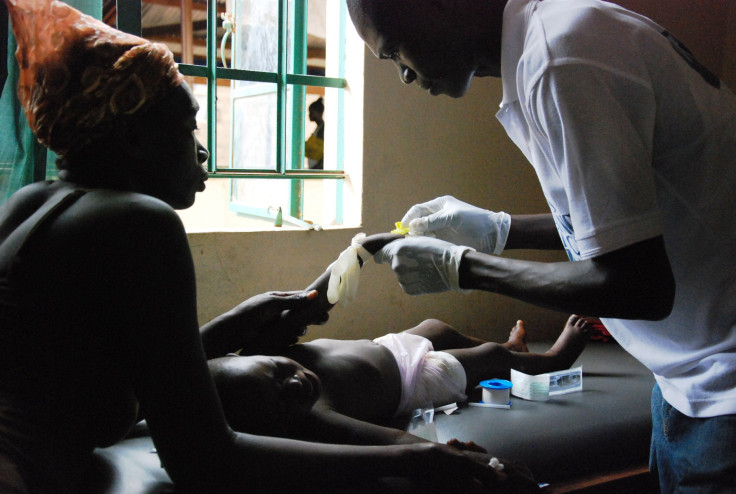Ebola News: Survivors Face Complications, Including Vision, Hearing, And Joint Problems

Ebola has caused more than its fair share of panic and death since an outbreak in 2014. West African countries were hit the hardest, and the records of one clinic in Port Loko, Sierra Leone, have been used to identify complications resulting from the disease for up to months after patients left the treatment facility.
The study, published in the Lancet Infectious Diseases, found Ebola survivors commonly reported complications such as vision, hearing, and joint pain problems after being discharged from the clinic. The facility from which records were obtained provided clinical care for 603 survivors of Ebola living in the Port Loko district, and was run by non-governmental organizations.
Of 277 survivors studied specifically in March and April of 2015, complications were common, according to Dr. Sharmistha Mishra, the senior author of the paper and an infectious diseases physician at St. Michael’s Hospital in Toronto.
The study reported that 76 percent of the Ebola survivors reported joint pain, 60 percent reported new vision problems, 18 percent had eye inflammation — some of which had potential to be sight-threatening — and 24 percent reported hearing problems. Patients who had a higher Ebola viral load when diagnosed with the disease had a higher rate of eye inflammation and other vision problems, Mishra said. Mishra spent five months working as a World Health Organization (WHO) consultant for Ebola response in Sierra Leone.
The study authors explained the findings may suggest that while the Ebola virus may be rapidly cleared from most bodily fluids after the acute disease is addressed, it may persist in “immunologically privileged sanctuary sites,” bodily fluids like semen and the vitreous fluid in eyeballs.
Mishra also said the findings highlight an intense need for follow-up care in West Africa — there was no systematic clinical care for Ebola survivors in the early part of the outbreak in Sierra Leone, due to the overwhelming need to care for those struggling with the acute disease. In addition to this issue, there are only two ophthalmologists and eight mid-level ophthalmological providers in the country’s National Eye Health Program, limiting access to eye health. This access is further restricted by lack of medications, equipment, and mobility of patients.
The two ophthalmologists in the country are Dr. Matthew Vandy, of the Sierra Leone National Eye Health program, and Dr. John Mattia, of the Christian Blind Mission Sierra Leone. They are the lead authors of the current study.
Source: Mattia J, Vandy M, Mishra S, et al. Early clinical sequelae of Ebola virus disease in Sierra Leone: a cross-sectional study. Lancet Infectious Diseases. 2015.



























